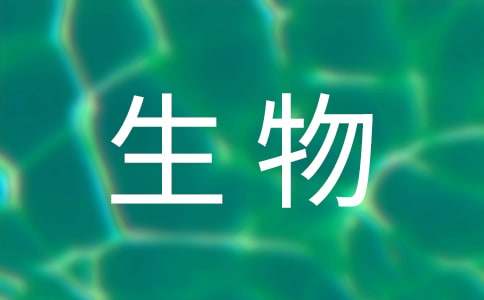- 相關(guān)推薦
恐龍化石有疑問 生物學(xué)家考羽毛進(jìn)化過程
A beautifully preserved fossil from southern Germany raises questions about how feathers evolved from dinosaurs to birds, two paleontologists argue in a study published Thursday.

The 150 million-year-old fossil is a juvenile carnivorous dinosaur about 2 1/2 feet long that scientists named Juravenator, for the Jura mountains where it was found.
It would have looked similar in life to the fleet-footed predators that menaced a young girl on the beach during the opening scene of "The Lost World," the second Jurassic Park movie.
The fossil's exceptionally well-preserved bone structure clearly puts it among feathered kin on the dinosaur family tree. Because all of its close relatives are feathered, paleontologists would expect Juravenator to follow suit.
But a small patch of skin on the creature's tail shows no sign of feathers. And the skin also doesn't have the follicles that are typical of feathered dinosaurs, said Luis Chiappe, director of the Dinosaur Institute at the Natural History Museum of Los Angeles County. He and Ursula B. Gohlich of the University of Munich describe the fossil in Thursday's issue of the journal Nature.
"It has a typical scaly dinosaurian skin," Chiappe said.
The paleontologists believe Juravenator's closest known relative may have been a fully feathered dinosaur from China, Sinosauropterix.
There are a number of possible explanations for Juravenator's nakedness. Feathers could have been lost on the evolutionary line leading to Juravenator after arising in an ancestor to both it and its feathered relatives. Or feathers could have evolved more than once in dinosaurs, cropping up in sister species at different times and places. It is also possible that this particular fossil of Juravenator, which appears to be a juvenile, only grew feathers as an adult or lost its feathers for part of the year.
But there is another po
【恐龍化石有疑問 生物學(xué)家考羽毛進(jìn)化過程】相關(guān)文章:
恐龍化石作文09-01
作文:化石進(jìn)化論05-01
看恐龍化石展04-30
魚化石進(jìn)化史作文04-28
龜化石的形成過程作文08-11
化石證明恐龍也會游泳04-27
生物進(jìn)化的詩意高唱-《化石吟》的教學(xué)實(shí)踐構(gòu)想05-01
參觀恐龍化石博物館作文(精選20篇)01-22